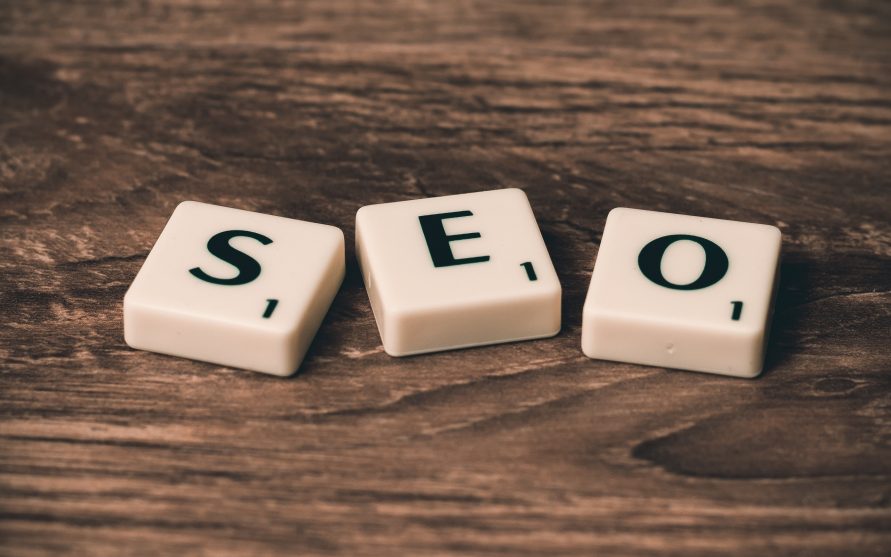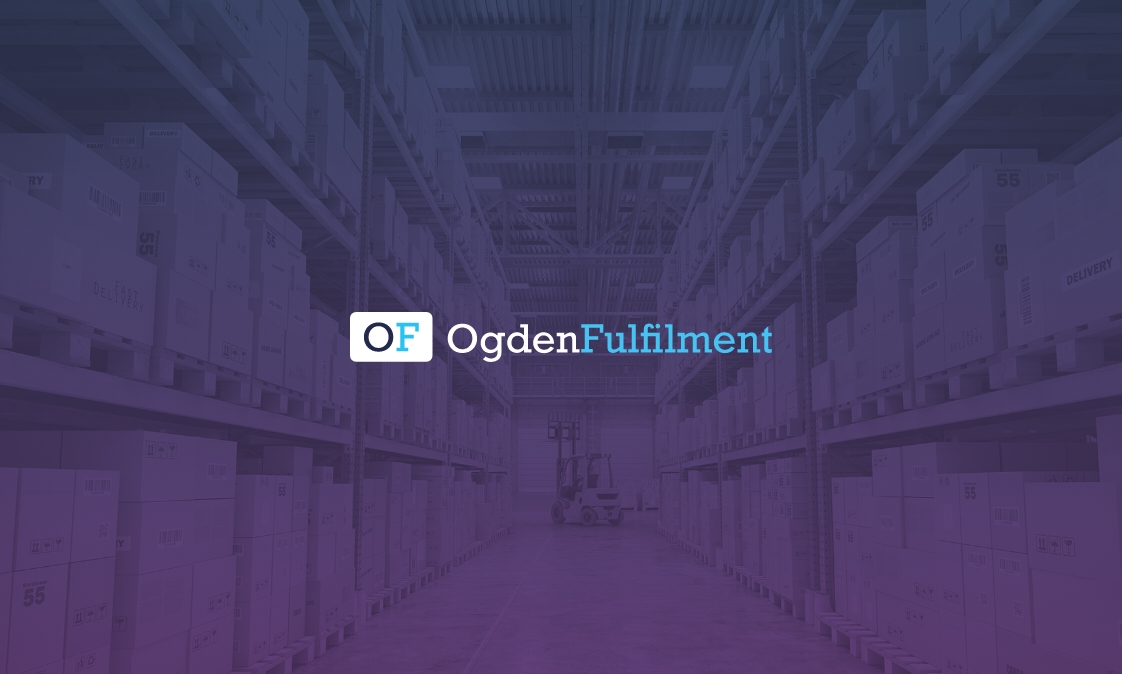Top Ecommerce Trends to Look Out For in 2022
02/01/2022 | Share:
The UK has the most advanced ecommerce market in Europe. The Office of National Statistics revealed that the UK’s ecommerce revenue in 2019 (prior to the 2020 boom of online shopping) was £693 billion, which was a sharp increase in the figures of 2018.
Due to the recent pandemic, and the forced change in consumer shopping habits, more people than ever are turning to the internet to perform actions they usually would on the high street. Banking, communicating, booking holidays, and buying products and services have evolved into an integral part of the digital world.
How do you ensure you’re doing all you can for your ecommerce business to stay on trend as we enter 2022?
This post will look at the top ecommerce trends to look out for in 2022.
Creating Websites That Stand Out
During 2021, there were an estimated 380 websites created globally every single minute! 2021 was an unprecedented time for businesses, as more were forced to retail online and step into uncharted waters. Even those with some experience of conducting business online, we’re struggling to keep up with the vast competition.
Everyone who wants to make a profit during the pandemic and beyond is using ecommerce. Ecommerce websites are simple to set up, cost-effective, and you can begin selling rapidly. However, there are some downsides. Web design on ecommerce is pretty uniform, with basic templates available that look like everyone else’s pages.
To set your ecommerce website apart from everyone else, it is essential to give it an edge and something unique to win over customers in 2022.
Here are 3 tips for doing just that:
Web Design
According to a recent survey, the visual appearance of your website is a determining factor for 93% of shoppers as to whether they’ll stick around. Having a well-designed website and logo will give you the advantage over the competition that has opted for premade layouts and logos. In short, graphic design is vital for making sales.
Research and Sell Better
To become a bigger fish in the pond, stock something different. By researching your competitors, you can see what is already out there, and more importantly, what isn’t. Look at what the best-selling products are in your sector, and consider what edge you could give them to appear more interesting. Being on the cutting-edge means staying ahead of the curve.
Create a Unique Brand
As an online shop, your online presence is vital in gaining traffic, customers, and ultimately profits. Decide your brand image; are you ethical, quirky, organic, or high-end? Make sure this message, value, and brand are delivered seamlessly throughout your marketing campaign. Creating unique, relevant, and informative content about your brand that users can share is also a great way to generate new custom.
Shopping Local
It is no secret that smaller, independent, local businesses have been the ones to suffer the most losses over the previous 12-18 months. As awareness for this increases, more consumers are starting to ditch the more prominent online marketplaces in favour of supporting a local company instead. There are many ways you can use this to your advantage going forward.
Target local people and provide enticements for them to use you over major brands. The fact that you’re in a community together automatically creates a sense of loyalty that businesses such as Amazon could never achieve.
Look at how a relationship between customers and yourself could benefit the local community; fewer emissions or an increase in local employment. It may be that you could give something back, such as a competition for locals to vote for a local school, community centre, or medical practice to win a prize from your shop.
Diverse Payment Options
People have their own favourite payment methods online. Making it as easy as possible for your customers to pay is crucial for increasing sales in 2022. Which payment options you offer will depend on your target audience and their demographics.
Here’s a brief outline of the top 7 payment methods to consider implementing on your ecommerce website:
PayPal: With millions of global users, PayPal is the preferred payment option of many consumers. It’s simple, fast, and offers a level of security to online shoppers.
Amazon Pay: This is where consumers can pay online using their existing Amazon payment methods. It’s fast and efficient, but customers will need to have an Amazon account.
eBay Managed Payments: Enables consumers to enter payment details without them digitally traveling to a third-party site. A good choice for ecommerce owners who retail on eBay.
Google Pay: Hundreds of millions of consumers have their card details stored to their Google account, which means that they simply have to click the Google Pay icon to have their transaction finalised. This is a free service for consumers and businesses.
Apple Pay: With the added security of Touch ID or Face ID to permit payment, Apple Pay is a top choice for today’s online consumers. It’s a convenient payment method that around 50% of Brits have access to already.
Direct Debit Payments: If you’re selling a recurring service or subscription-based product, direct debit payments are a simple way for consumers to ensure they’ll never miss a deadline.
Prepaid Cards: For digital shoppers who don’t have a bank account – such as adolescents – prepaid cards are the only way they’ll be able to access your products or service immediately. Typical for gaming sites and streams, these cards are becoming the more acceptable form of payment on other kinds of sites with younger audiences.
Gift Cards: Similar to prepared cards, gift cards will already have credit on them, giving the retailer confidence over some other payment forms. Payment is taken instantly, and by stocking your own gift cards, you’re increasing your online presence further.
Instant Financing: There’s an increase in demand for ‘buy now pay later’ platforms, such as Klarna and Afterpay, where consumers can spread their costs over a fixed term. This is usually a 0% interest service, which leads to no additional profit for the retailer, but does increase the quantity of sales by removing one of the biggest barriers: insufficient funds.
Cash on Delivery: A popular choice with some great benefits, especially for the customer. This removes the worry of missed deliveries or damaged goods and ensures there won’t be any issues for the retailer later on regarding refund requests for missing items.
Augmented Reality
Augmented Reality bridges the gap felt by customers between physical stores and online shopping experiences. In short, AR allows customers to try before they buy, and this can work well in a range of ecommerce shops. Although more popular with home interior businesses, AR is also used by jewellery designers, clothes shops, to wall art creators.
2022 Ecommerce Trends Summary
So there you have some of the best ways to ensure you stay on trend over the next 12-months with your ecommerce business. By ensuring you never remain complacent, you stand the best chance of achieving in this increasingly dog-eat-dog world.






